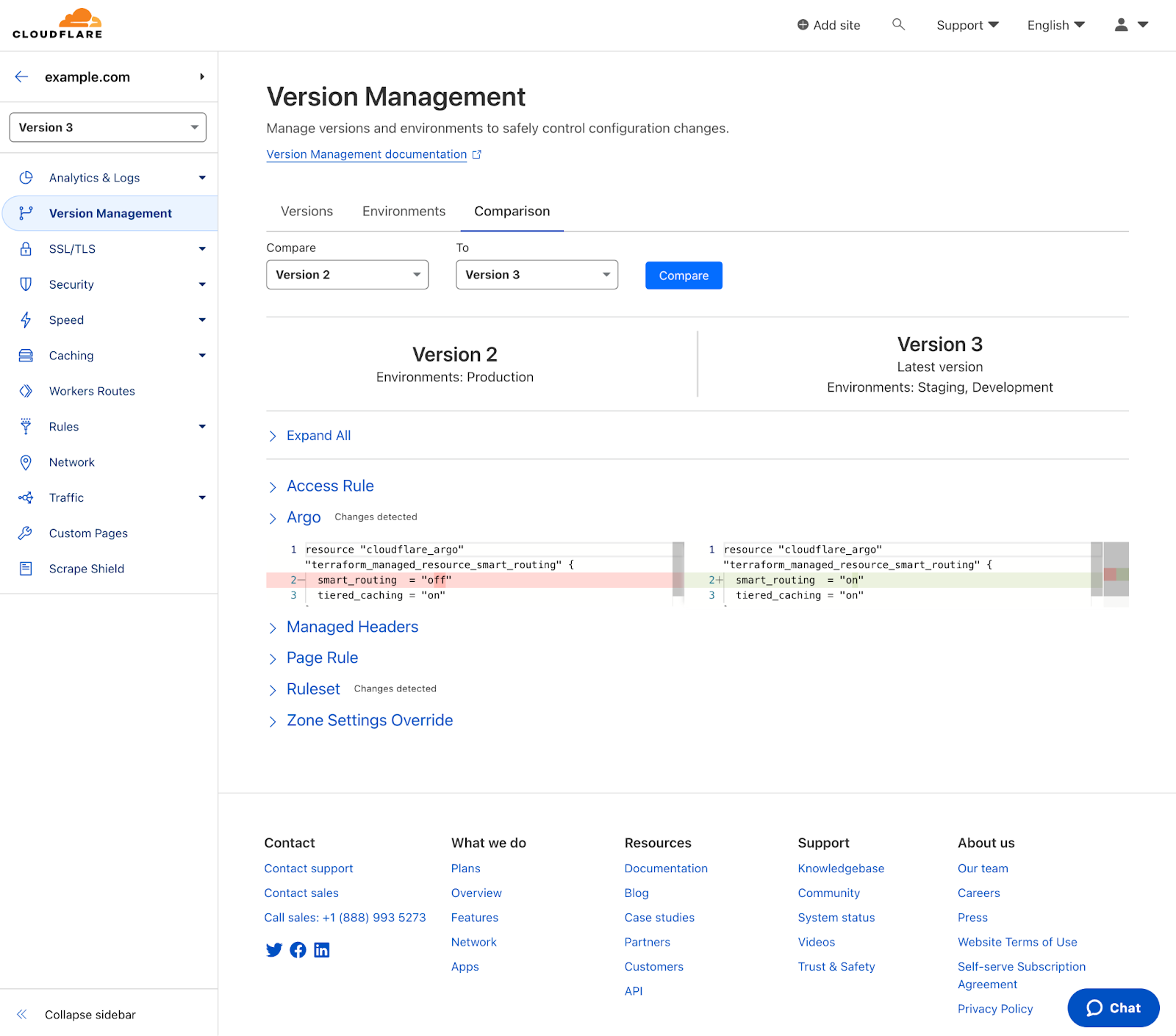AWS Advanced Networking — Task Statement 1.3: How load balancing works at Layer 3, layer 4, and Layer 7 of the OSI model
< MEDIUM: https://towardsaws.com/aws-advanced-networking-task-statement-1-3-c457fa0ed893 >
Ref: https://aws.amazon.com/elasticloadbalancing/
Why Elastic Load Balancer?
- To Distribute incoming application traffic across EC2 instances / Containers / IP Addresses and these entities, generally, can be called targets and grouped as Target-Groups.
- Another advantage is performing health checks, such as packet-loss or high-latency, and can be integrated with Auto-scaling, hence Elastic.
- Depending on the ELB type and its operational requirement, this can further be subdivided into CLB, ALB, GLB, and NLB.
CLB — Classic Load Balancer
– AWS Recommends ALB today instead of CLB
– Intended for EC2 instances which are built in EC2-Classic Network
– Layer 4 or Layer 7 Load Balancing
– Provides SSL Offloading and IPv6 support for Classic Networks
ALB — Application Load Balancer
- Works at the 7th Layer of the OSI Model.
- Supports applications that run in Containers
- Supports Content-based Routing
- HTTP/HTTPS, Mobile Apps, Containers in EC2, and Microservices benefit greatly from ALB
Why Elastic Load Balancer?
- To Distribute incoming application traffic across EC2 instances / Containers / IP Addresses and these entities, generally, can be called targets and grouped as Target-Groups.
- Another advantage is performing health checks, such as packet-loss or high-latency, and can be integrated with Auto-scaling, Continue reading





